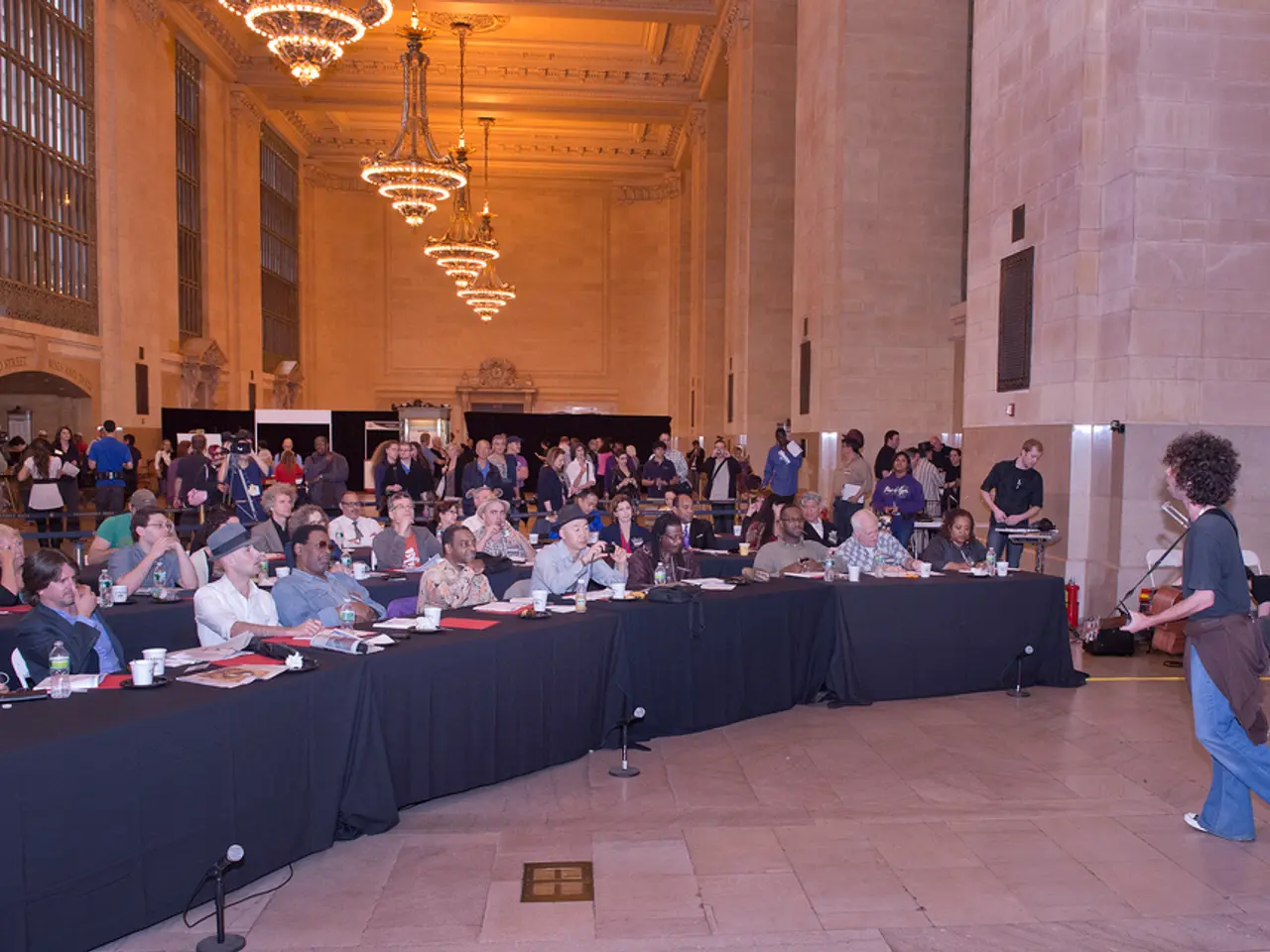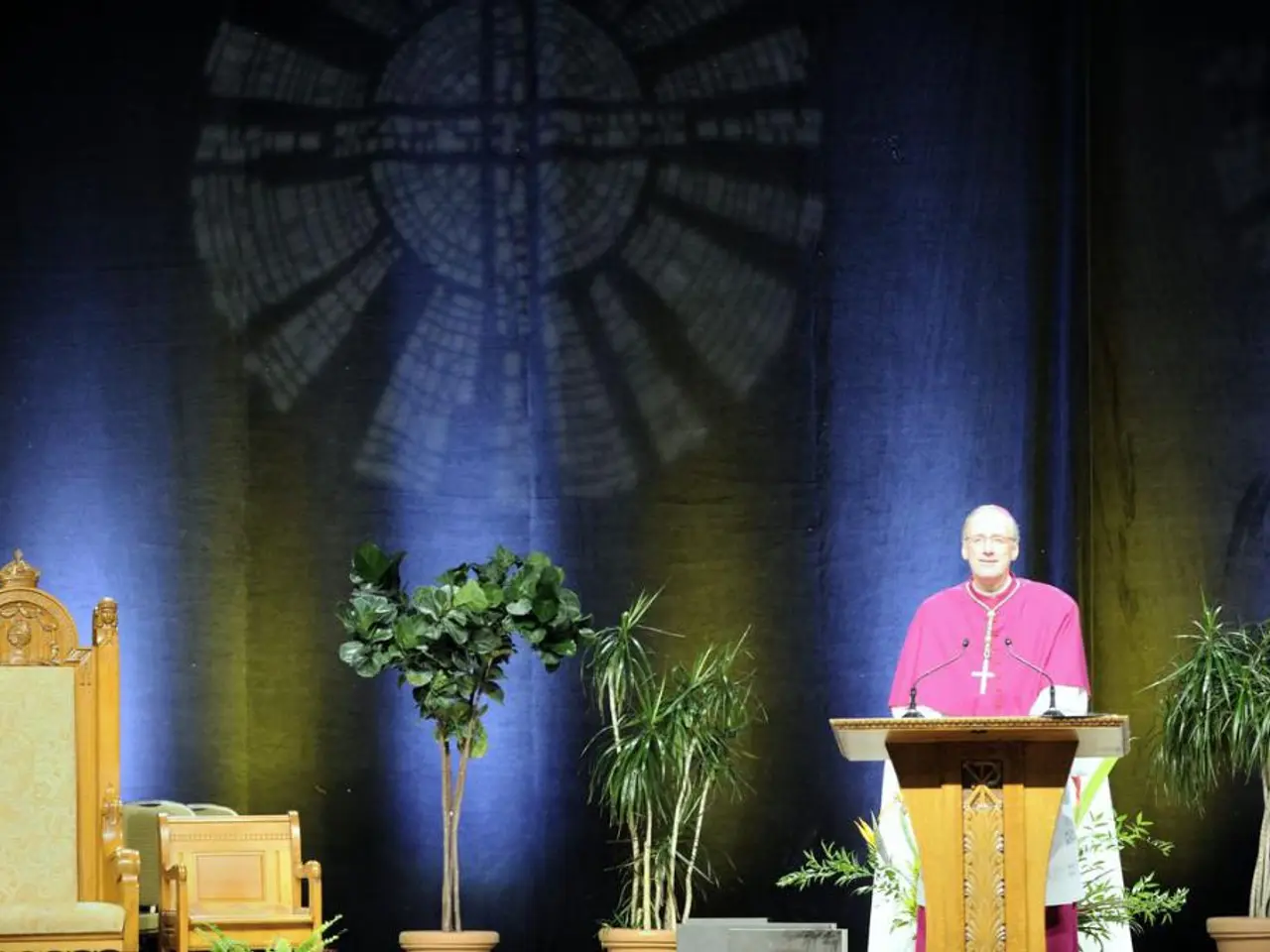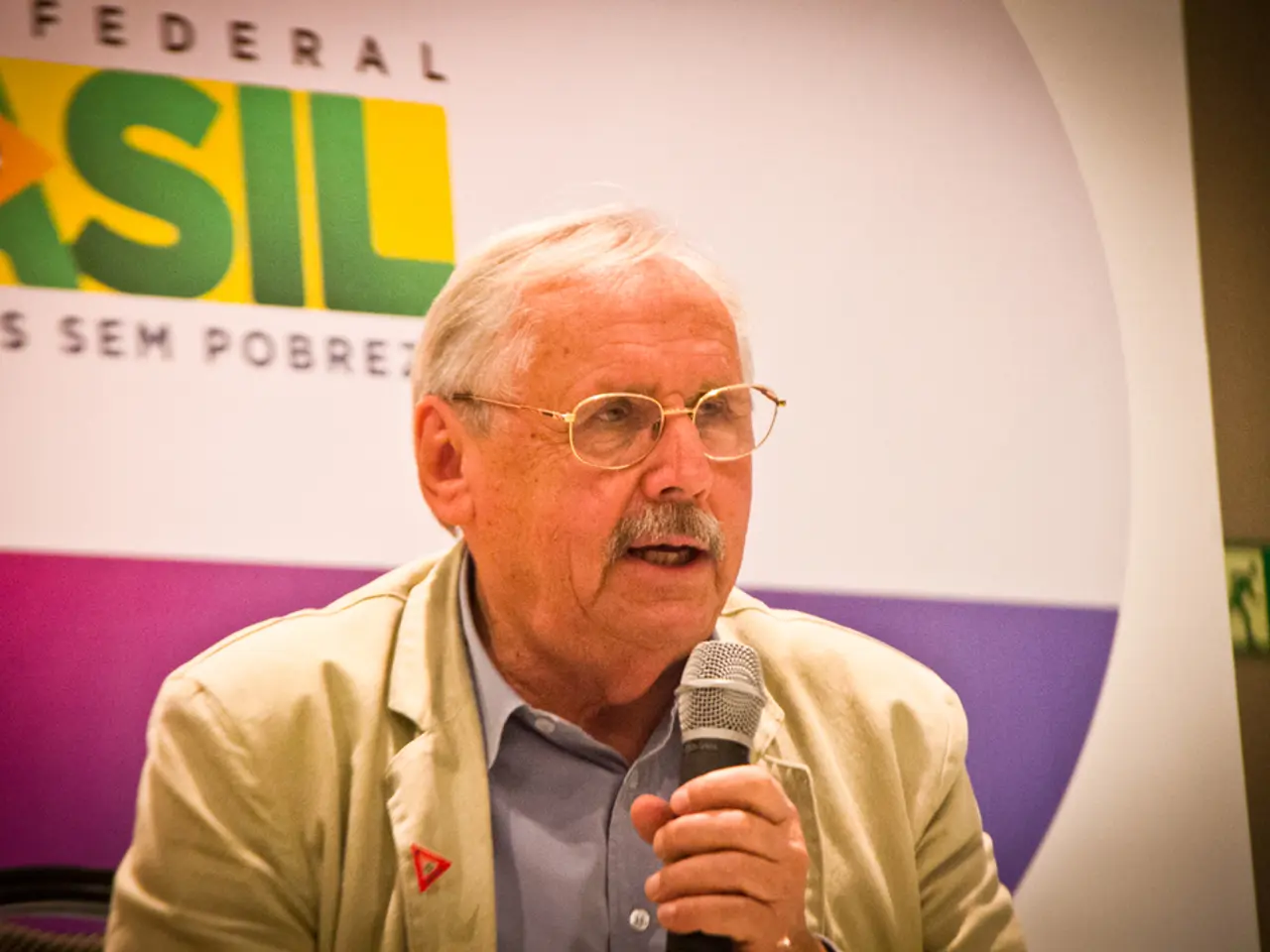French avant-garde cinema movement of the 1950s and 1960s, characterized by innovative filmmaking techniques and thematic exploration.
====================================================
The French New Wave (Nouvelle Vague) revolutionised global film culture, reshaping the way films were made and perceived worldwide. This groundbreaking movement, which emerged in the late 1950s and flourished throughout the 1960s, challenged established norms, elevated director-driven cinema, and redefined the language of cinema forever.
Key aspects of its impact include:
- Innovative Film Techniques: The French New Wave introduced pioneering techniques such as jump cuts, handheld camera work, natural lighting, on-location shooting, and improvised dialogue. Jean-Luc Godard’s Breathless (1960) is famous for its use of jump cuts to create a fragmented and dynamic viewing experience.
- Auteur Theory: New Wave directors, many associated with the magazine Cahiers du cinéma, popularized the auteur theory, which posits that the director is the "author" of a film, imprinting a personal vision and style on the work. This shift towards recognising directors’ individual creative influence changed the course of global filmmaking.
- Narrative and Thematic Freedom: The movement emphasised personal storytelling, realism, and breaking traditional film narrative structures. This led to films that conveyed social, political, and youth culture issues in fresh, often unconventional ways, impacting later cinema worldwide.
- Influence on International Cinema: The New Wave inspired movements such as the American New Hollywood cinema of the late 1960s and 1970s, which adopted their experimental narrative forms, thematic boldness, and stylistic innovations. Directors like Steven Spielberg acknowledged the influence of New Wave films on their own approaches.
- Cultural and Social Impact: Emerging in the post-WWII context of social upheaval and demographic change in France, the New Wave’s reflection of youth culture, political discontent, and modern urban life resonated globally, helping to redefine film as an art form connected to current realities.
The French New Wave was born out of a desire to break away from the formulaic, studio-driven productions that had stagnated French cinema after years of Nazi occupation. A new generation of young cinephiles emerged, including Jean-Luc Godard, Francois Truffaut, and Claude Chabrol, who were critical of the conventional filmmaking practices of the time.
Films were characterised by experimentation with narrative structures, often rejecting linear storytelling in favour of non-linear, fragmented, or episodic narratives. Agnes Varda's "Cleo from 5 to 7" (1962) is a masterful exploration of existential themes, following a pop singer through a two-hour journey in Paris.
The Hong Kong New Wave is one of the film movements inspired by the French New Wave. The enduring impact of the French New Wave is a testament to its power to engage with intellectual, existential, and philosophical themes while inviting the audience to actively participate in the storytelling process. Its influence remains evident in contemporary cinema’s continued emphasis on directorial vision and innovative techniques.
- The auteur theory, initially popularized by the French New Wave directors, posits that the director is the author of a film, imprinting a personal vision and style on the work, which has significantly influenced the history of cinema and modern film movements.
- The innovative narrative structures and thematic freedom exemplified by the French New Wave are evident in movies-and-tv produced by other movements like the Hong Kong New Wave, demonstrating the enduring impact of this revolutionary period on global cinema.
- From the French New Wave's emergence in the 1950s to its shaping of the entertainment industry today, its groundbreaking film techniques and influence on narrative structures have played an essential role in the evolution of cinema's artistic and intellectual dimensions.







